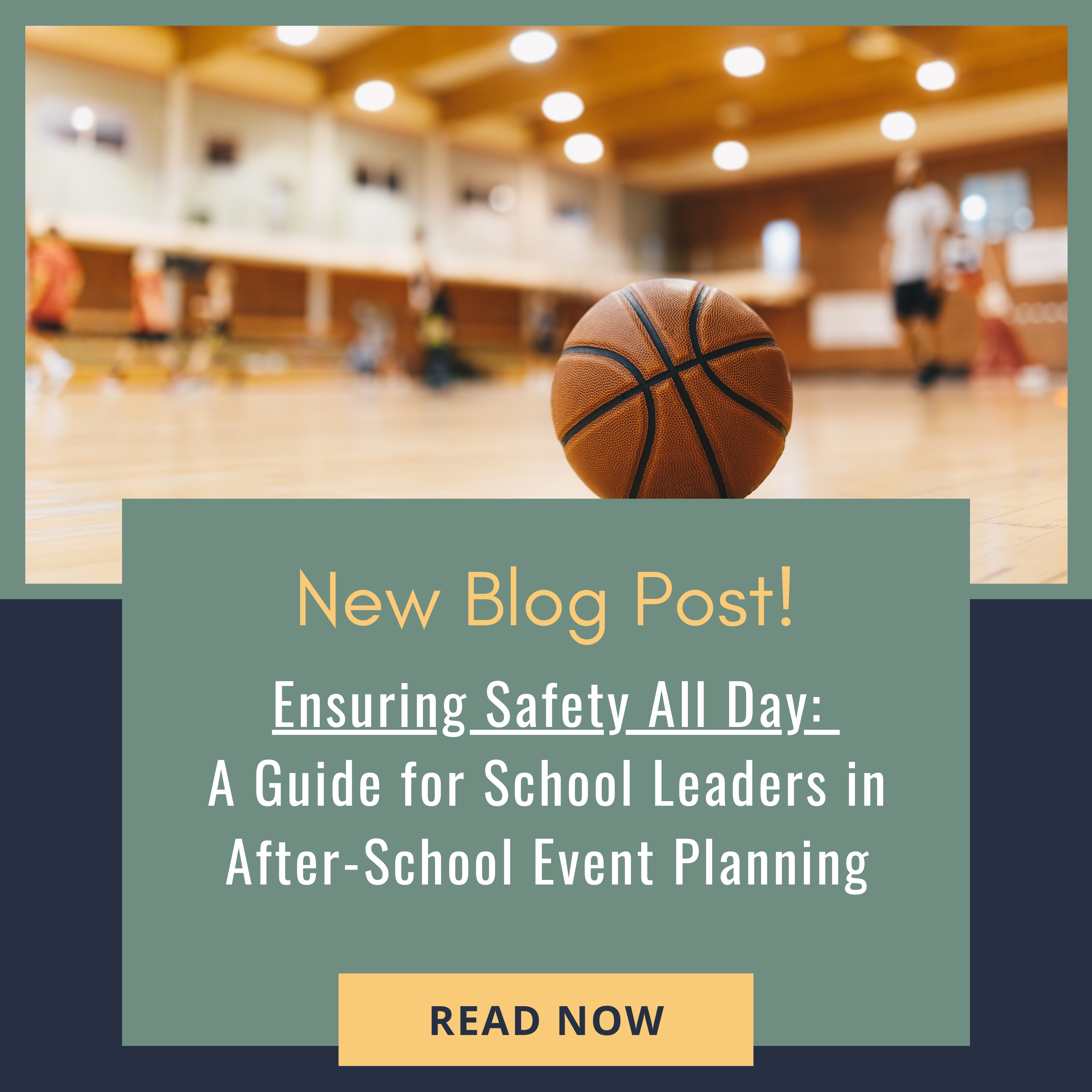Ensuring Safety All Day: A Guide for School Leaders in After-School Event Planning
As school leaders, organizing successful after-school events goes beyond just ensuring smooth logistics and exciting games. Safety and security are...
2 min read
![]() The Joffe Family
:
February 28, 2018
The Joffe Family
:
February 28, 2018
There are many devices on the market that can increase security in a lockdown situation. Finding the right solution for your campus will take research and thought, and it is our recommendation to have your campus door locks assessed to find the best solution. For now, start your search for information with this article!

Lock Blok is designed for doors without knobs or handles
During a lockdown, the best protection is the classroom walls. Obvious weak points are doors that take too long to bar entry from an intruder. Clearly, speed of locking doors is paramount when a possible threat is on campus. The best door locking devices are already on the market, but are not standard for many schools. Push buttons and deadbolts are options that can increase locking speed, but for a variety of reasons, they’re underutilized.
Time is critical when initiating a lockdown, and there are a few issues that slow the process of engaging a door lock. Many locks are key operated only, which means that keys must first be located and then used in a proper manner. Many doors use bar type releases on the interior instead of handles or knobs. To lock these doors, a person must hold down the bar and twist the key from the outside. During a stressful situation, finding keys and completing this process causes vulnerability. There are several devices that help decrease the amount of time to lock and strengthen the door itself. However, most have limitations that should be considered when upgrading campus lockdown procedures.
As previously stated, push button locks and deadbolts solve the time issue, but refitting installed door locks is costly. Aftermarket options are of two types. Type 1 relies on the doors existing lock, and Type 2 prevents the door opening by jamming it shut. These options differ in cost, complexity, and installation requirements.
Usually, devices using the door’s existing locking mechanisms are smaller, easier to install and operate, and less expensive. Type 1 devices require the doors to be pre-locked because they are designed to stop the latch bolt from setting in the strike plate. They are fast and easy to engage, but some use adhesives which may be knocked out of place.
The second type of devices are more expensive, bulky, complex in operation, and some violate fire codes. Their major benefit is they make it almost impossible to open the door. These are the best option for double, bar releasing doors. Most type 2 devices require installation such as mounting other implements to house them or drilling into the floor. Storing a bulky device for use close to a door can be a challenge with traffic and space.
Clearly, there are good options available for every situation, and specific knowledge of what your campus needs will be a crucial factor in deciding what improvements can be made to your doors. For further reading, consider the National Fire Protection Association's (NFPA) "Life Safety Code", which can ensure that your solutions meet all legal requirements.

As school leaders, organizing successful after-school events goes beyond just ensuring smooth logistics and exciting games. Safety and security are...

Picture this: a parent receives a text notification that their child's school is on lockdown. With no further communication, their mind begins to...

On May 24, 2022, a horrific event unfolded at Robb Elementary School in Uvalde, Texas, shattering the lives of families and communities forever. An...